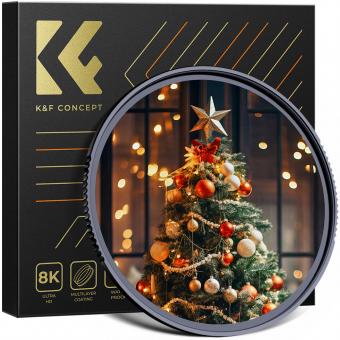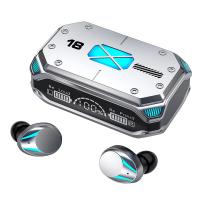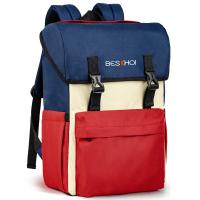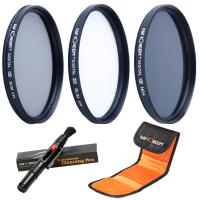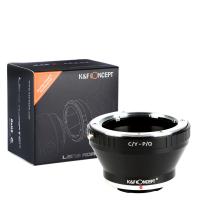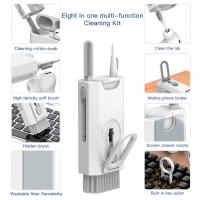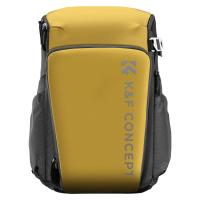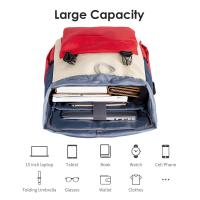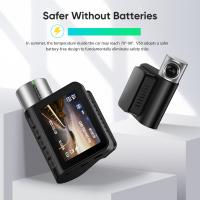What Filter To Use For Night Photography ?
When it comes to night photography, there are a few filters that can be useful. One of the most common is a neutral density filter, which can help to reduce the amount of light entering the camera and allow for longer exposures without overexposing the image. Another option is a polarizing filter, which can help to reduce glare and reflections from surfaces like water or glass. Additionally, some photographers may choose to use a color filter to add a specific hue or tone to their images, such as a blue filter for a cooler, more atmospheric look. Ultimately, the choice of filter will depend on the specific needs and preferences of the photographer, as well as the conditions and subject matter they are working with.
1、 Light sensitivity of camera sensors
What filter to use for night photography is a common question among photographers. The answer to this question depends on the specific situation and the desired outcome. However, one important factor to consider is the light sensitivity of camera sensors.
Camera sensors are designed to capture light and convert it into an image. The sensitivity of the sensor determines how much light it can capture. In low light situations, a camera with a high sensitivity sensor will be able to capture more light and produce a brighter image. This is why many photographers prefer to use cameras with high ISO capabilities for night photography.
When it comes to filters, there are a few options that can be used for night photography. One popular filter is the neutral density filter, which reduces the amount of light entering the lens. This can be useful for creating long exposures and capturing motion blur in low light situations.
Another option is the light pollution filter, which is designed to reduce the amount of light pollution in the sky. This can be particularly useful for astrophotography, where light pollution can interfere with the visibility of stars and other celestial objects.
In recent years, some photographers have also started using infrared filters for night photography. These filters block visible light and only allow infrared light to pass through, creating a unique and otherworldly effect.
Overall, the choice of filter for night photography will depend on the specific situation and the desired outcome. However, understanding the light sensitivity of camera sensors is an important factor to consider when making this decision.
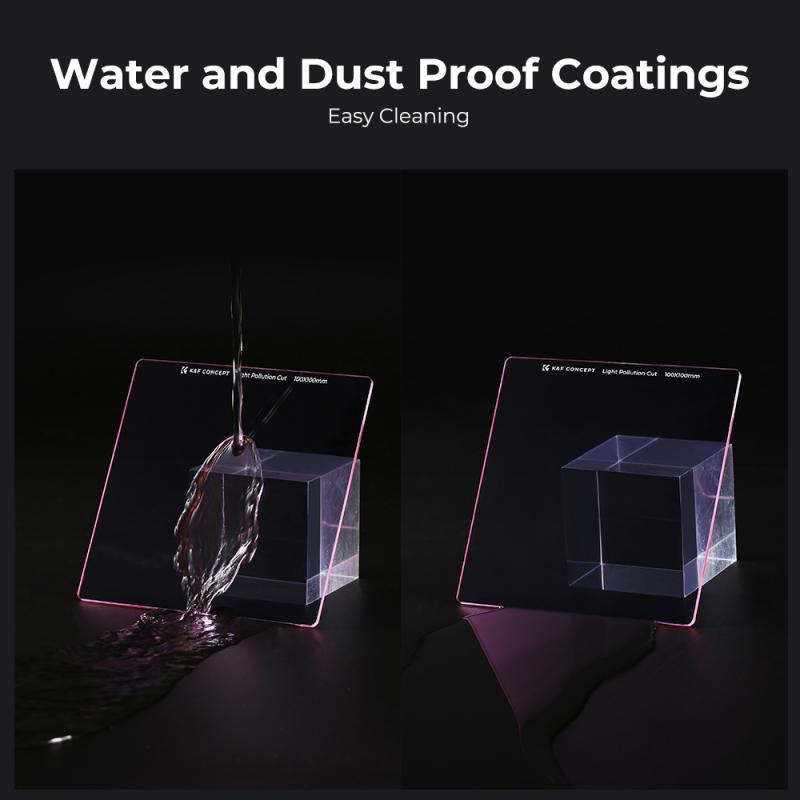
2、 Aperture settings for low light conditions
"What filter to use for night photography" is a common question among photographers who want to capture stunning night shots. The answer to this question depends on the type of night photography you want to do. If you want to capture star trails or the Milky Way, you will need a filter that blocks out light pollution. A light pollution filter will help you capture the stars and the Milky Way without the interference of city lights.
On the other hand, if you want to capture cityscapes at night, you may not need a filter. Instead, you can use a tripod and a slow shutter speed to capture the lights of the city. However, if you want to capture the movement of cars or people, you may need a neutral density filter to reduce the amount of light entering the camera.
When it comes to aperture settings for low light conditions, it's important to remember that a wider aperture (lower f-stop number) will allow more light into the camera. This can be useful in low light conditions, but it can also result in a shallow depth of field. If you want to capture a scene with more depth, you may need to use a smaller aperture (higher f-stop number) and a longer shutter speed.
In recent years, there has been a trend towards using higher ISO settings to capture low light scenes. While this can be effective, it can also result in noise in the final image. To minimize noise, it's important to use a camera with good low light performance and to use noise reduction techniques in post-processing.
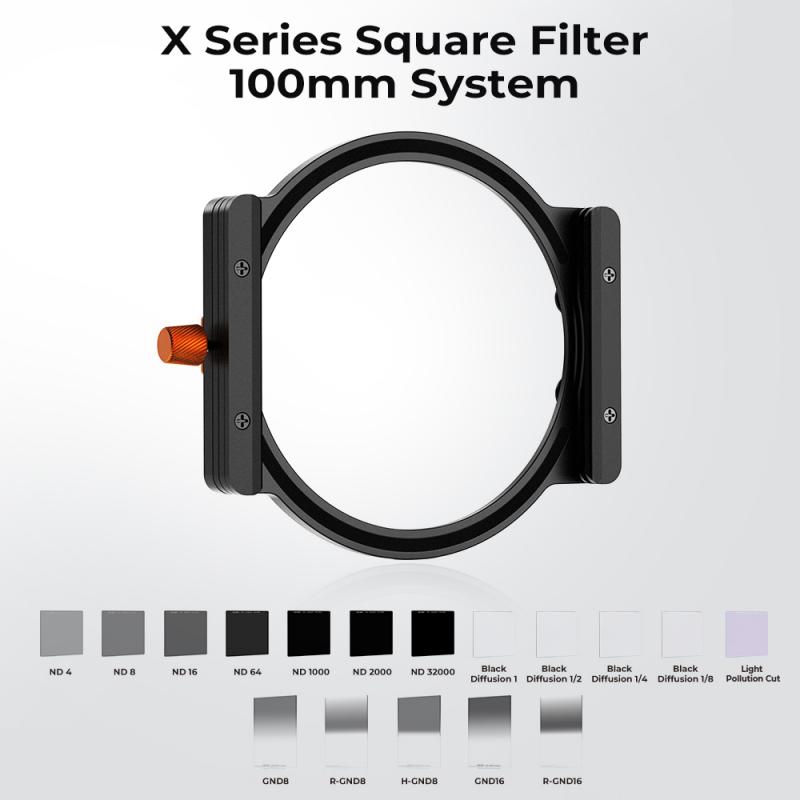
3、 Shutter speed for capturing night scenes
What filter to use for night photography?
When it comes to night photography, using a filter can be beneficial in a few ways. One of the most common filters used for night photography is a neutral density (ND) filter. This filter reduces the amount of light entering the lens, allowing for longer exposure times without overexposing the image. This is particularly useful when shooting in low light conditions, as it allows you to capture more detail in the shadows and highlights.
Another filter that can be useful for night photography is a polarizing filter. This filter can help to reduce glare and reflections from surfaces such as water or glass, which can be particularly helpful when shooting cityscapes or landscapes at night.
Shutter speed for capturing night scenes
When it comes to capturing night scenes, shutter speed is a crucial factor to consider. In low light conditions, a longer shutter speed is often necessary to allow enough light to enter the camera and create a well-exposed image. However, using too long of a shutter speed can result in motion blur, particularly if there are moving subjects in the scene.
To avoid motion blur, it's important to use a tripod or other stabilizing device to keep the camera steady during longer exposures. Additionally, using a higher ISO setting can help to reduce the necessary shutter speed while still allowing for a well-exposed image.
It's also worth noting that the desired effect can vary depending on the scene and the photographer's creative vision. Some photographers may intentionally use longer shutter speeds to create a sense of motion or blur in the image, while others may prefer a sharper, more detailed image. Ultimately, the best shutter speed for capturing night scenes will depend on the specific situation and the photographer's goals for the image.
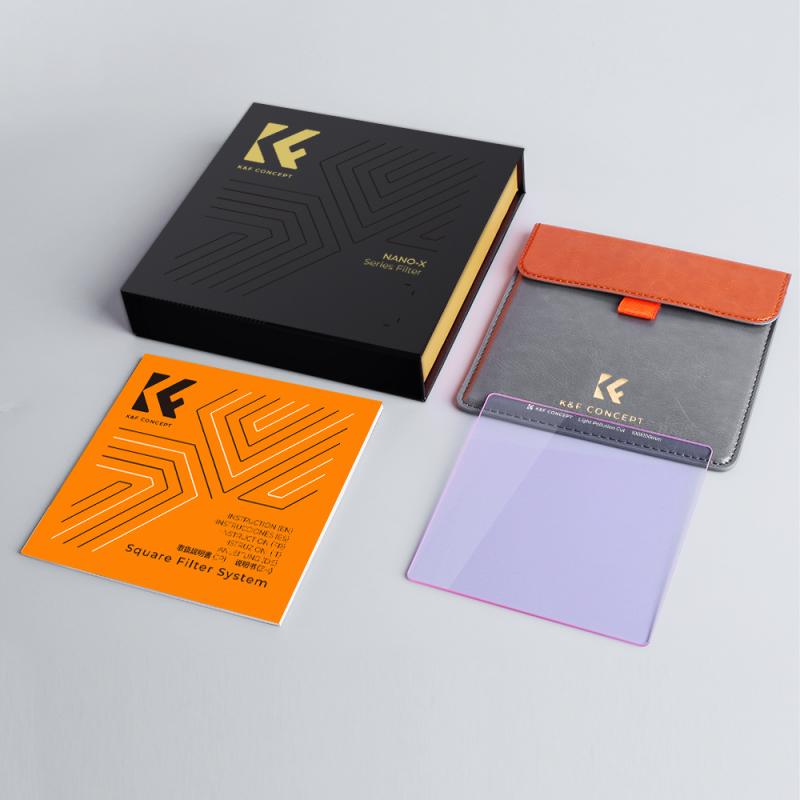
4、 Use of tripod for stability
For night photography, the most important thing to consider is the amount of light available. In low light situations, it is important to use a filter that can help you capture more light. A popular filter for night photography is the Neutral Density (ND) filter. This filter reduces the amount of light entering the lens, allowing you to use longer shutter speeds without overexposing the image. This can be particularly useful when shooting cityscapes or landscapes at night, where you want to capture the lights and colors of the scene without overexposing the highlights.
Another important consideration for night photography is stability. When shooting in low light, you will often need to use longer shutter speeds to capture enough light. This can lead to camera shake and blurry images if you are not careful. To avoid this, it is important to use a tripod for stability. A tripod will keep your camera steady and allow you to use longer shutter speeds without worrying about camera shake. Additionally, using a remote shutter release or the camera's self-timer can further reduce the risk of camera shake.
In recent years, there has been a growing trend towards using mirrorless cameras for night photography. These cameras often have better low light performance and can produce cleaner images at high ISOs. Additionally, many mirrorless cameras have in-body image stabilization, which can further reduce the risk of camera shake. However, regardless of the camera you use, using a tripod and the right filter can help you capture stunning images of the night sky and cityscapes.




